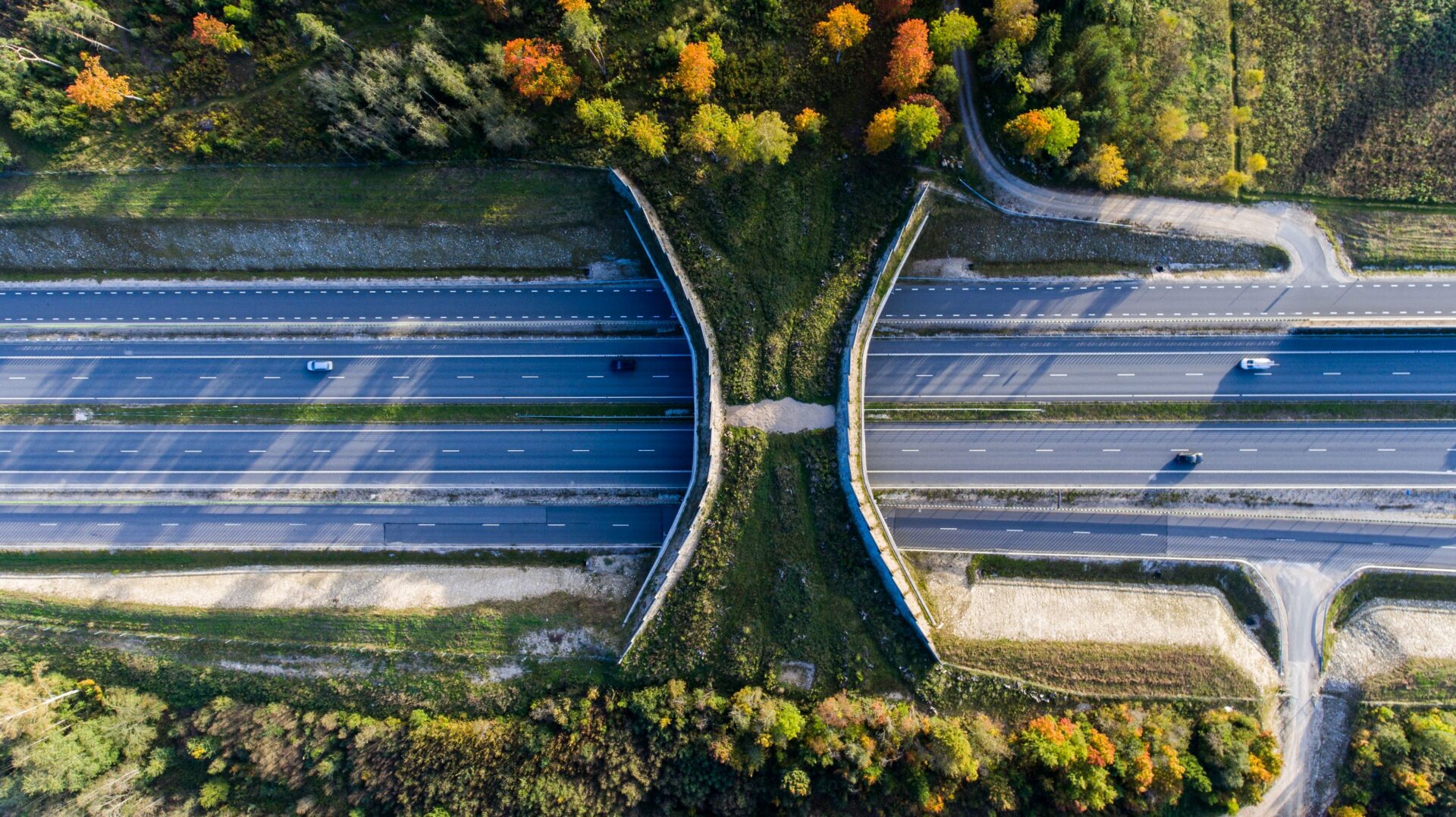
MOOC: Auditing the Sustainability of Infrastructure
Home
Welcome
Welcome to the course ‘Auditing the sustainability of infrastructure’. This infrastructure course forms part of a wider e-learning series on environmental auditing.

Course description
The aim of this course, firstly, is to give an overview of what infrastructure is and how it is developed. Further on in the course, we will be introducing the model from the infrastructure auditing material of the International Organization of Supreme Audit Institutions (INTOSAI), which gives an overview of all of the steps in a project. The steps were developed to ensure that the end result of a project is well thought out and brings maximum benefits with minimum negative effects. The model also incorporates the government’s role in developing infrastructure projects, meaning that it describes what the government can and should do at each stage of the project.
We will be elaborating on the role of audit institutions and the stages that are most important to auditors in our experience. That being said, infrastructure projects can be audited at virtually any stage. Supreme Audit Institutions or SAIs can audit planning, construction, utilisation and decommissioning.
Following the stages of infrastructure development, the course will outline what auditors can and should look for when auditing planned or existing infrastructure, its impacts and the regulations guiding development, operations and demolishing. All of this is illustrated with recent audits performed by Supreme Audit Institutions around the world.
In the first module, what is meant by infrastructure is explained further. The concept of sustainable development is introduced along with its three dimensions: economic, social and environmental.
In the second module, governance tools for each infrastructure development stage are brought out. These tools can be a guide for auditing infrastructure as well as the subject of audits.
In the third module, auditing the sustainability of infrastructure is looked at in more depth. In the last module, students will learn how to make audit matrixes and find out which sustainability aspects could be audited for different types of infrastructure.
At the end of each module, there are exercises to help the students better understand the concepts provided in the module. These exercises can be repeated an unlimited amount of times. We suggest practicing them before taking the required tests in Moodle.
At the end of this section, the required additional reading material is brought out. This material is necessary for passing the course and is aimed at helping students better understand sustainability and infrastructure. The course also contains links to various renowned materials from the Organisation for Economic Co-operation and Development (OECD), the World Bank, the European Union, the United Nations, the INTOSAI, the INTOSAI Development Initiative (IDI), etc. These suggested reading materials are a good source of information on the topic at hand and help in planning infrastructure audits. Furthermore, they can be a good source of best practices and audit criteria. These materials are not required for passing the course but serve as extra material for those interested at reading mote about a specific topic. Among the course materials there is also a separate page that lists the sources used for this course. Furthermore, there is a list of useful links for students who would like to find out more about auditing, sustainability and infrastructure matters.
Though information and communication technology (ICT) infrastructure is becoming more and more prominent, this course does not extensively cover IT systems and ICT infrastructure. That is because the European Organisation of Supreme Audit Institutions (EUROSAI) is in the process of creating a separate course on this topic.
Required Reading!1. Read the INTOSAI WGEA material ‘Environmental Issues Associated with Infrastructure Development’ to learn more about the stages of infrastructure development, the government’s role and potential environmental impacts of infrastructure. 2. Read about the three pillars of sustainable development, their interdependence and how to measure them in the OECD publication ‘Sustainable Development: Linking Economy, Society and Environment’. 3. Read about each of the 17 Sustainable Development Goals and the targets to fulfil them at the UN SDG website. |


